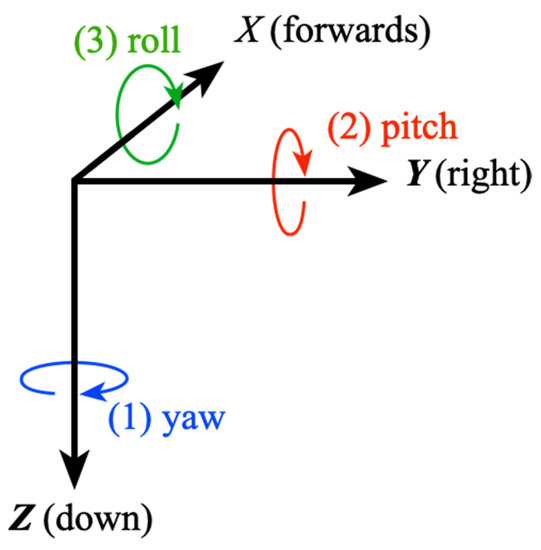Maybe I am over thinking this and confusing myself but I think it is NOT the gravitational horizontal.
I have it in my mind that the 'horizontal' should be perpendicular to the resultant of the vector sum of gravity and the centripetal acceleration but something seems wrong with that idea.
However if I am in someway correct, how do drones seemingly keep the 'horizon' of the camera parallel to the gravitational horizontal. It is my recollection that in the few flights where I have flown a curved path I never noticed a tilt in the gimbals horizon.
I can not at the moment fly such a path with the drone to check how the gimbal behaves in a sustained circular path with a significant centripetal acceleration as I am temporarily restricted to an area where I can not fly such flights.
Perhaps this is one for the likes of @sar104 etc.
I have it in my mind that the 'horizontal' should be perpendicular to the resultant of the vector sum of gravity and the centripetal acceleration but something seems wrong with that idea.
However if I am in someway correct, how do drones seemingly keep the 'horizon' of the camera parallel to the gravitational horizontal. It is my recollection that in the few flights where I have flown a curved path I never noticed a tilt in the gimbals horizon.
I can not at the moment fly such a path with the drone to check how the gimbal behaves in a sustained circular path with a significant centripetal acceleration as I am temporarily restricted to an area where I can not fly such flights.
Perhaps this is one for the likes of @sar104 etc.










